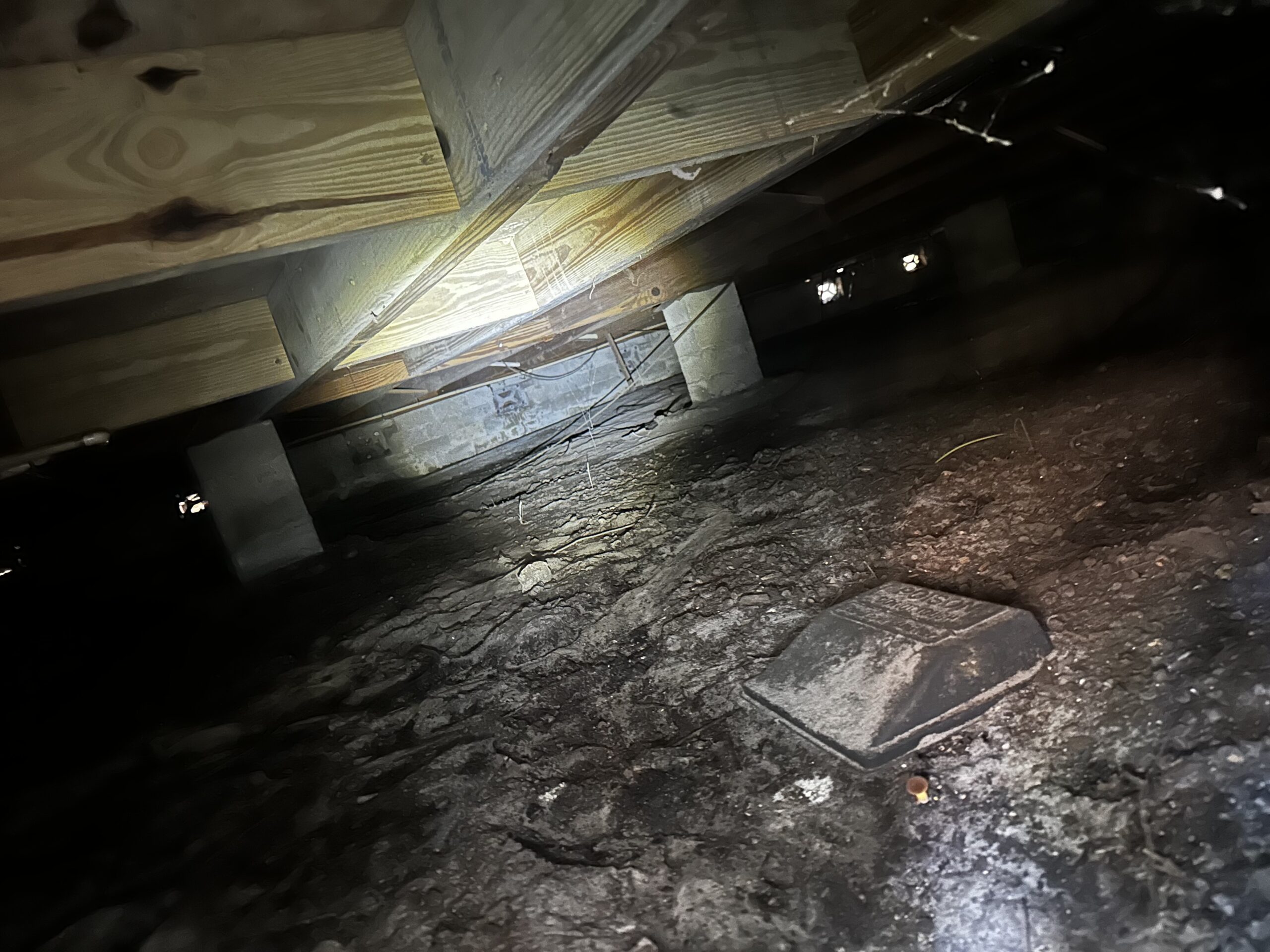 Do concealed spaces increase fire hazard?
Do concealed spaces increase fire hazard?
September 13, 2023
by Nils Deacon, Manager, Inspections and Rating Services
A concealed space is a void or unoccupied area in the construct of a building, not readily visible and with no easy access. While seemingly innocuous, these gaps can add to fire risk, delay detection, and complicate suppression efforts.
Interior examples include attics, cocklofts, joist or truss spaces, suspended ceilings, stud spaces inside framed walls, and crawl spaces under buildings. In larger structures, vertical chases between floors for pipes, ducts, and mechanical systems may be concealed spaces. The exterior of a building could have concealed spaces in soffits, eaves, overhangs, or decorative elements. Storage areas, however, are not considered concealed spaces.
Should a fire start in a concealed space, it may burn undetected for some time. Vertical concealed spaces act as flues, encouraging hot gasses and flame to spread upward. If false walls, dropped ceilings, or facades are made of combustible materials, they add fuel for a fire. Access for firefighting is constricted in concealed spaces. In addition, some types of concealed spaces are an exception to requirements of NFPA 13, Standard for the Installation of Sprinkler Systems.
DISCLAIMER: This information reflects the interpretation of MSO, Inc. with regard to NFPA Standards and Codes. It does not represent NFPA’s official position on the items discussed.
Concealed crawl space beneath a structure.

